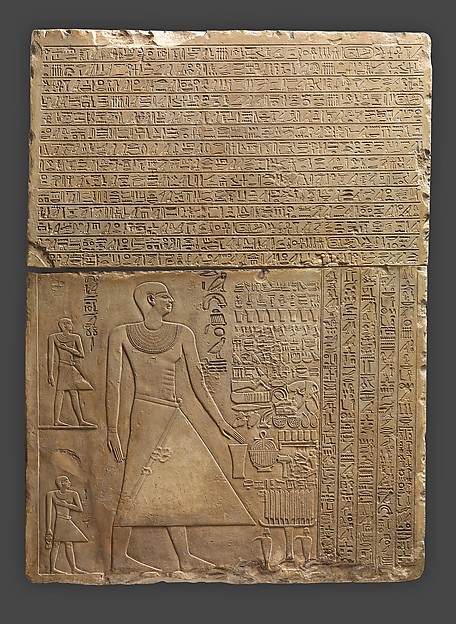
Middle Kingdom
Dynasty 11
Said to be from Egypt, Theban Region, Thebes
Medium:Limestone
The Trustees of the British Museum, London
Egypt came first, then history and civilization came. Egypt has one of the world's seven wonders of the pyramids. The Virgin Mary came to protect herself and her son. Egypt is the safest destination for tourism. My goal is to help foreigners learn my country’s history, come to Egypt, whatever your budget, and I will be your guide at no additional cost to you. booking with us. The goal is to service booking tours to Egypt. the best Nile cruise in Egypt. https://kingofegypttours.com

Middle Kingdom
Dynasty 11
Said to be from Egypt, Theban Region, Thebes
Medium:Limestone
The Trustees of the British Museum, London
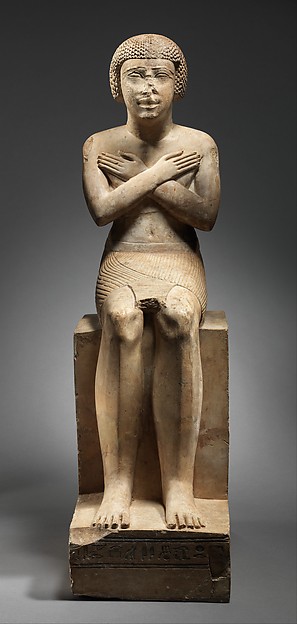 This statue is a three-dimensional example of the style known from reliefs of the early reign of Mentuhotep II, with a short upper body, high waist, long legs, and almond-shaped eyes with flaring cosmetic lines. Based on their similarity to a hieroglyph for “assemble,” the
This statue is a three-dimensional example of the style known from reliefs of the early reign of Mentuhotep II, with a short upper body, high waist, long legs, and almond-shaped eyes with flaring cosmetic lines. Based on their similarity to a hieroglyph for “assemble,” the
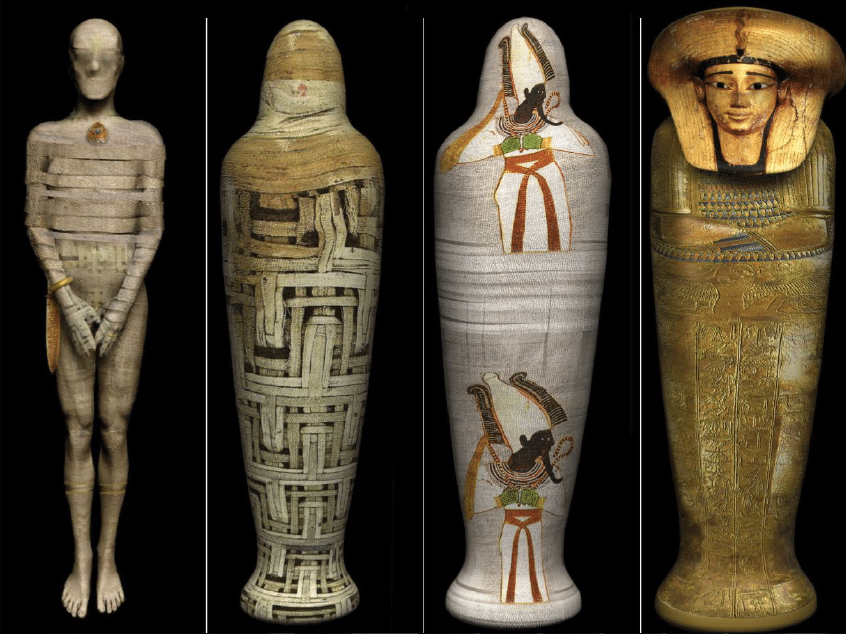

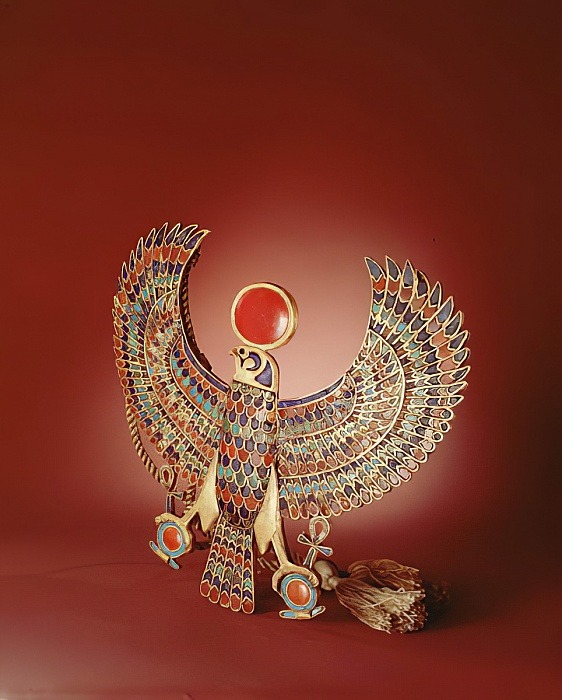


“The god Amun was often portrayed as a ram and both were associated with creativity and virility.
Earrings were worn by men and women, both in life and after death, and were made in many different shapes, using a variety of materials. Gold was commonly used, as were inlays of precious stones and glass. The Egyptians were excellent goldsmiths. Gold was valued in ancient Egypt as a precious metal, and was associated with the gods, particularly the sun god, because of its warm reflective qualities.”
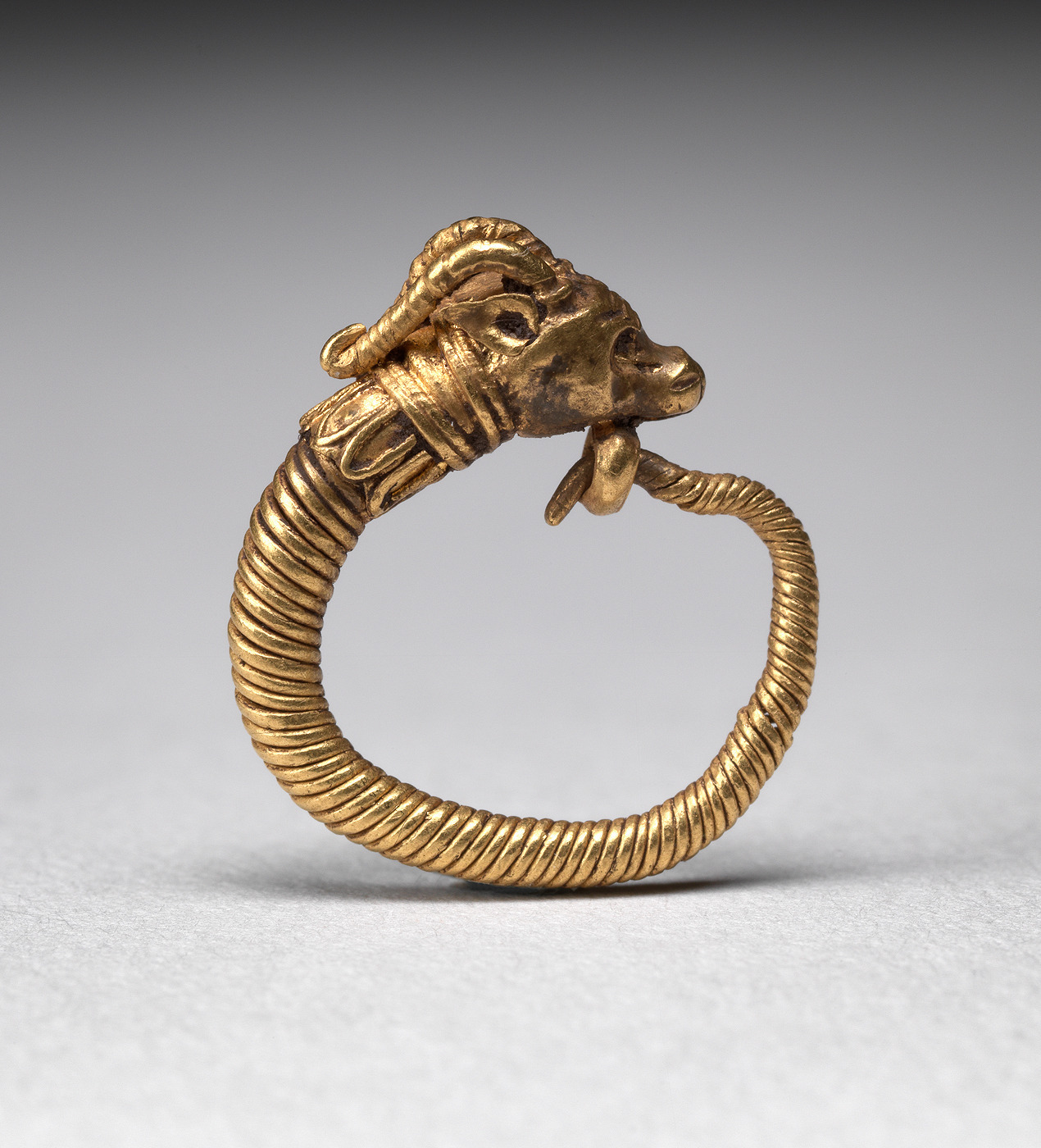
To protect the deceased from illness in other life, the Egyptians used to remove the viscera before mummification and put them in four pots known as the canopic vessels.was "my lady"The human head protects the stomach and intestinesIt was "Dumotafe"Who has a head, Ibn Awi protects the lungAnd between the small entrails in the protection of "My Account" with a monkey head.While the owl's head ugliness took over the liver and gallbladder to protect it.And this group is from the box and the entrails were for the so-called "Matnu" priest called ("Ba_di_Emanet") who seems to have lived in the family era 22 (866-840) BCWhile the scales of pots are carved from stone, the pots themselves are made of white painted pottery.This group was found in Deir el-Bahari, the Hatshepsut Temple, in 1932Luxor Museum.
King Tut Mask - The Golden Death Mask of Tutankhamun
The Ancient Egyptians were obsessed with the prospect of life after death - the eternal afterlife. The Ancient Egyptians used elaborate masks to great effect. Egyptian masks were generally used as Death Masks and Ritual Masks. The fabulous King Tut Mask was a death mask. Royal death masks or burial masks such as the fabulous death mask of Tutankhamun, the boy King Tut, were made of gold in the image of the deceased. The King Tut mask was used to cover the face of the mummy of the pharaoh and ensure that his spirit would be able to recognize the body.
Gold King Tut Mask - Description of the Death Mask of Tutankhamun
The King Tut Mask, which is pictured above, depicts an actual likeness of the young Tutankhamun. The King Tut Mask weighs ten kilos, 24lbs and measures 54 cm (21 in) in height and 15 inches wide. The workmanship is quite exquisite and its value is priceless. It is made of gold which is inlaid with semi-precious stones, coloured glass paste and the eyes are made with obsidian and quartz. The back of the mask is chased with a series of spells and texts from the Book of the Dead. The mask was placed directly on the mummy of King Tut inside the third coffin housed in the sarcophagus.
GOOD MORNING FROM EGYPT EGYPT READY NOW مصر مستنياك http://kingofegypttours.com/ Egipto te espera http://kingofegypttours.com/ Egypt is wa...
